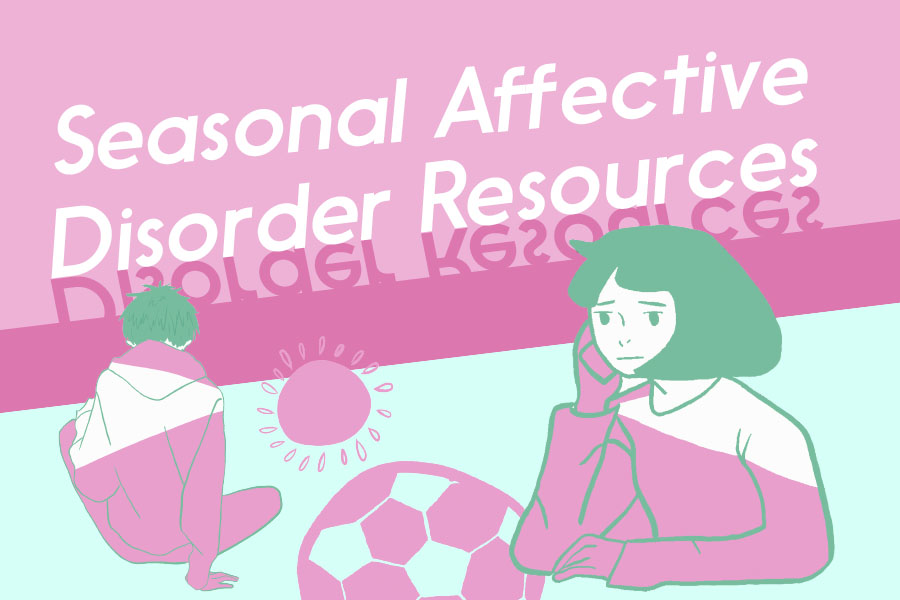Seasonal affective disorder resources
If these coping methods are not working for you, you might be experiencing Seasonal Affective Disorder, a type of depression that most commonly occurs in the winter months.
Seasonal Affective Disorder (SAD) is a type of depression that commonly occurs due to the lack of sunlight during the winter months. People with SAD experience various mood changes and symptoms similar to depression. These mood changes are caused by sudden biochemical changes in the brain brought about by less sunlight in the winter months. SAD is a real, treatable medical condition that can be more severe than just the “winter blues.” If you or someone you know is in crisis and need immediate help, call the Suicide Prevention Lifeline at 1-800-273-8255 or go here for online chat. Read below for more information about SAD and other resources to cope.
Signs and symptoms of SAD may include:
- Feeling depressed most of the day, nearly every day
- Losing interest in activities you once enjoyed
- Having low energy
- Having problems with sleeping
- Experiencing changes in your appetite or weight
- Feeling sluggish or agitated
- Having difficulty concentrating
- Feeling hopeless, worthless or guilty
- Having frequent thoughts of death or suicide
You may be experiencing SAD because:
- Your biological clock (circadian rhythm). The reduced level of sunlight in fall and winter may cause winter-onset SAD. This decrease in sunlight may disrupt your body’s internal clock and lead to feelings of depression.
- Serotonin levels. A drop in serotonin, a brain chemical (neurotransmitter) that affects mood, might play a role in SAD. Reduced sunlight can cause a drop in serotonin that may trigger depression.
- Melatonin levels. The change in season can disrupt the balance of the body’s level of melatonin, which plays a role in sleep patterns and mood.
Light Therapy:
The most commonly used treatment for SAD is light therapy. During light therapy, patients sit next to a device that emits bright white light to replicate the natural light outside. Light therapy helps the body wake up by changing the brain chemicals linked to mood and sleep: serotonin and melatonin.
Data about SAD:
- Every year, about 5% of the US population experiences SAD
- SAD is more common in women than in men
- four out of five people who have SAD are women
- SAD is more common in northern climates
If you are experiencing symptoms of SAD and need someone to reach out to, here are some resources:
- 24/7 Johnson County CommUnity crisis chat: 855-325-4296
- Your Life Iowa 24/7 crisis support in the state of Iowa Call:1-855-581-8111 or text to 1-855-895-8398
- https://www.iowacrisischat.org/

